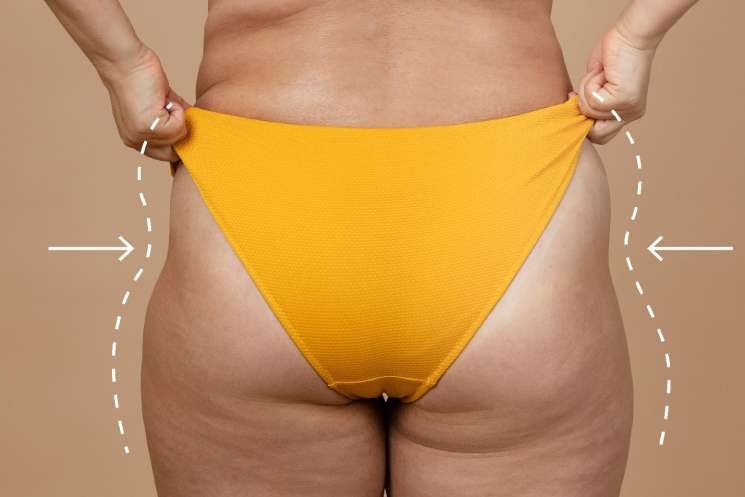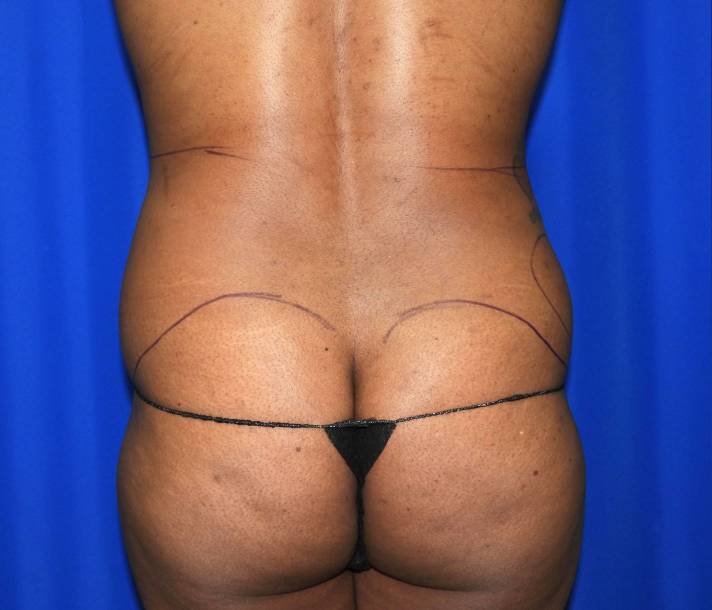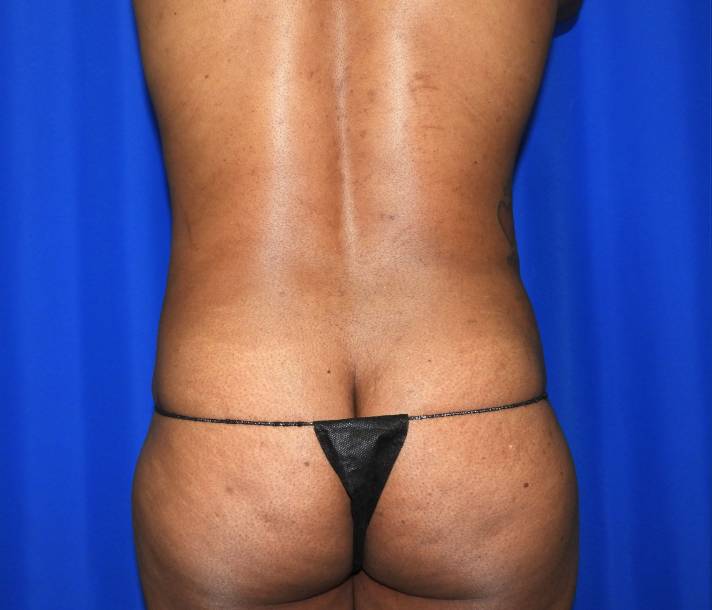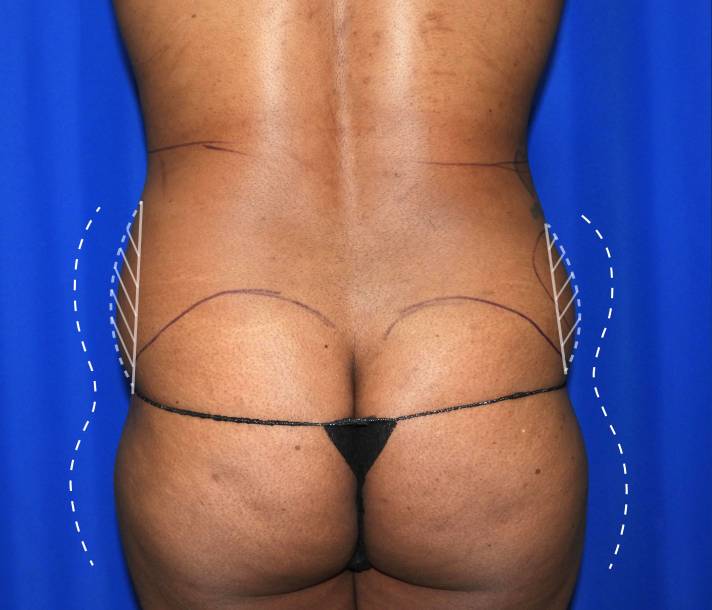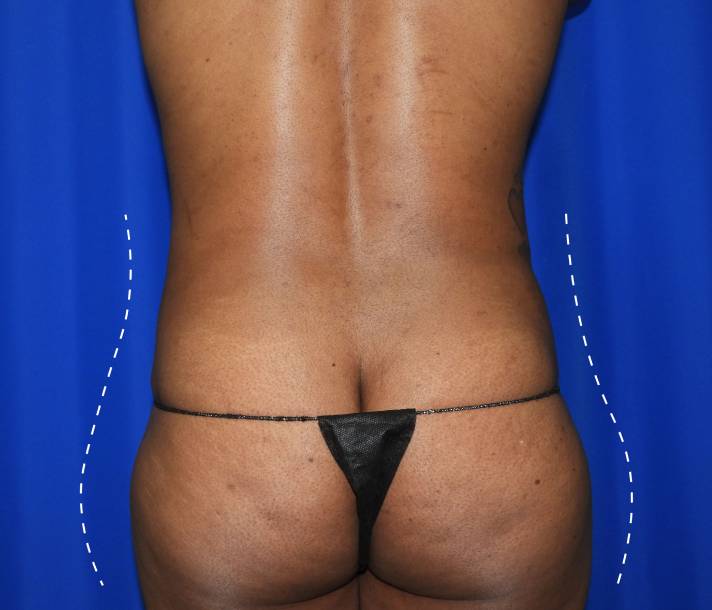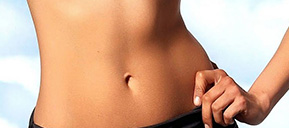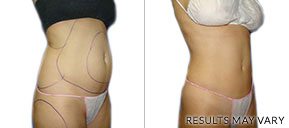Thighs and hips are one of the most commonly requested areas for liposuction treatment since they can be a source of insecurity for many – especially for those that are genetically predisposed to carry more weight in the thighs and hips. This can make it a very difficult area to tackle with diet and exercise alone. Most patients come to us wanting to achieve a thigh gap, or to simply create slimmer thighs overall. But more recently, we’ve received many requests for “hip dip” liposuction. So, we’ve put together some facts you need to know about hip dips and liposuction.
What is a hip dip?
Hip dips, also known as hip divots or violin hips, are naturally occurring indentations or inward curves around the hips/outer thighs just below the hip bone. Hip dips can vary widely in appearance with some being very exaggerated while others are barely noticeable. The appearance of hip dips depends on many factors and most of these are genetic.
What causes a hip dip?
As mentioned, hip dips are mainly determined by genetics and build. The visibility of a hip dip depends on genetic factors such as the shape of your pelvis, width of your hips, fat distribution, muscle mass, and the bone structure of your pelvis and femur. Hip dips will be more visible on those with wider hip bones and greater distance between the top of the pelvis and the hip socket.
Hip dips are totally normal and quite common and really aren’t something to be concerned about from a health standpoint – unless of course it causes you insecurity or discomfort. In fact, many in the body positivity movement have begun to embrace and show off their hip dips (which we love!). But like any area of aesthetics, the reality is that some people will remain insecure and uncomfortable with their hip dips, especially those with more exaggerated cases.
Does diet and exercise help hip dips?
Although many may assume hip dips may have something to do with your body fat and physical fitness, that’s not necessarily true. Hip dips have much more to do with your body’s skeletal structure which includes the width of your hip bones and where and how your body distributes muscle and fat around the hips and buttocks.
You will often see exercises such as side lunges, curtsey lunges, leg lifts, seated abductors, etc. touted as ways to reduce or spot train the hip dip area. But as we mentioned, hip dips are mainly influenced by your genetics, so unfortunately, they cannot be targeted directly with exercises as some fitness influencers may suggest. While exercising and building muscle in the glutes can *slightly* reduce the appearance of hip dips and is great for toning and strengthening (nothing wrong with that!), that alone may not achieve the desired results for those with naturally more exaggerated hip dips.
Can liposuction remove a hip dip?
A good candidate for hip dip liposuction will have enough fat above and/or below the “dip” to smooth out the appearance of the indentations. So fortunately, there are many cases where liposuction alone can effectively smooth out a hip dip.
Actual Houston Lipo Center Client:
On the flip side, there are also many cases where there is not enough fat surrounding the hip dip which may then require a combination of liposuction and fat grafting. Fat grafting or fat transfer is the surgical procedure in which fat is transferred from one area of the body to another. Our center is focused on liposuction only and does not offer fat grafting or transfers.
The best way to find out if you are a candidate for hip dip liposuction is to schedule a no-obligation, free consultation with one of our surgeons!
